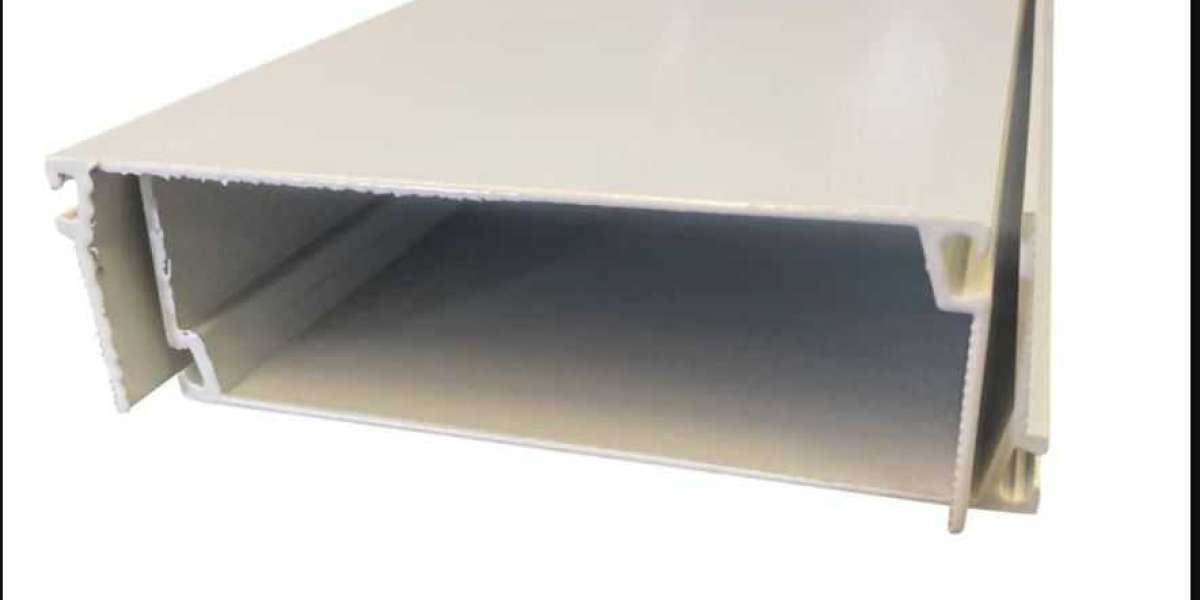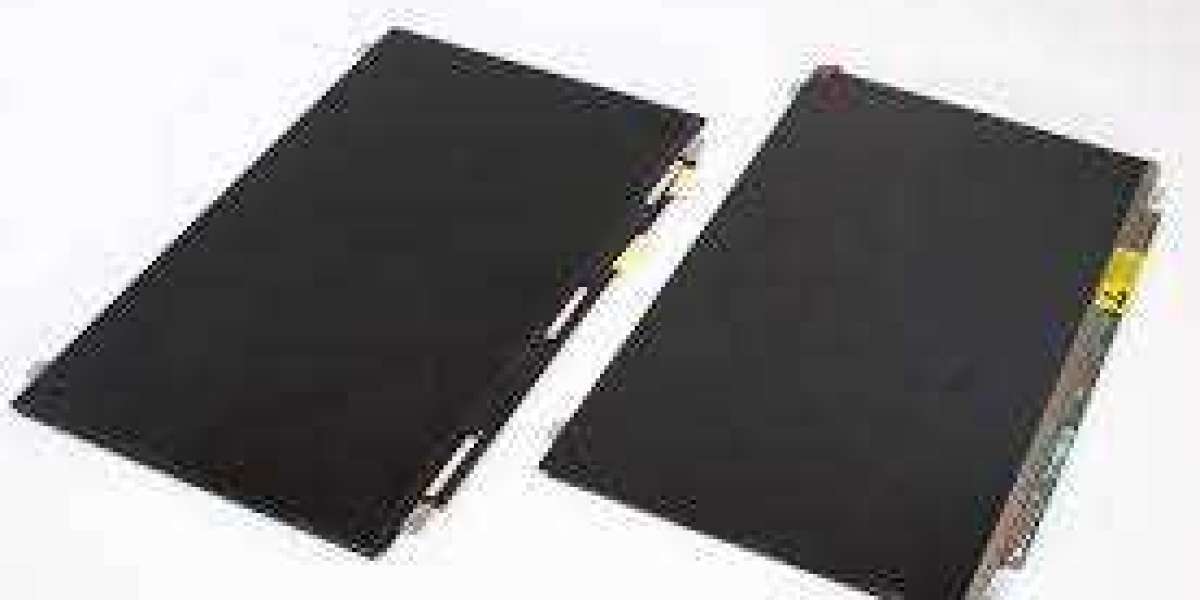In the realm of modern manufacturing and design, aluminum extrusions have emerged as a transformative technology that defies conventional limitations. These remarkable processes have unlocked a world of possibilities, allowing architects, engineers, and designers to push the boundaries of creativity, functionality, and innovation. In this exploration, we delve into the versatile world of aluminum extrusions, uncovering their unique attributes, applications, and the ways in which they have redefined industries beyond what was once thought possible.
The Basics of Aluminum Extrusions:
At its core, aluminum extrusion is a process that involves shaping aluminum alloy through a series of carefully orchestrated steps. A heated billet of aluminum is pushed through a custom-designed die, producing a profile with a consistent cross-section. The versatility of aluminum extrusions lies in the ability to create complex shapes with high precision and efficiency.
- Design Freedom: Aluminum extrusions empower designers with the freedom to bring their most imaginative concepts to life. The process can yield intricate profiles that range from sleek and minimalistic to intricate and ornate, making it possible to match any aesthetic or functional requirement.
- Consistency and Precision: The use of dies ensures that each extrusion maintains consistent dimensions and quality. This precision is essential for applications where uniformity is paramount, such as architectural components and industrial structures.
Diverse Applications:
The versatility of aluminum extrusions transcends industry boundaries, finding applications in sectors as varied as construction, transportation, electronics, and consumer goods.
- Architecture and Construction: Aluminum extrusions have revolutionized architectural design by enabling the creation of structurally sound yet visually stunning elements. From curtain walls and window frames to balustrades and decorative elements, extrusions provide a seamless blend of form and function.
- Automotive and Aerospace: The automotive and aerospace industries benefit from aluminum extrusions' lightweight yet durable properties. They are used in the construction of chassis components, body panels, and aircraft interiors, contributing to fuel efficiency and performance.
- Electronics and Technology: The precise profiles of aluminum extrusions are leveraged in the electronics industry for heatsinks, enclosures, and frames. These profiles enhance heat dissipation and protection for sensitive components.
- Consumer Goods and Furniture: The versatility of aluminum extrusions extends to consumer products, where they form the backbone of items ranging from furniture frames and sporting equipment to lighting fixtures and shelving systems.
Innovations in Sustainability:
Aluminum extrusions are at the forefront of sustainable design, aligning with the growing emphasis on environmentally conscious manufacturing processes and materials.
- Energy Efficiency: Aluminum extrusions contribute to energy-efficient building design by facilitating the creation of thermally efficient window and door frames. These profiles reduce heat transfer, helping to maintain comfortable indoor temperatures.
- Recyclability: Aluminum is inherently recyclable without compromising its properties. This recyclability minimizes waste and conserves energy, making aluminum extrusions a sustainable choice for industries seeking eco-friendly solutions.
Customization at its Core:
Perhaps one of the most significant attributes of aluminum extrusions is their adaptability to specific requirements. Whether it's a unique shape, size, or finish, extrusions can be customized to meet the demands of each project.
- Tailored Profiles: The ability to customize extrusion profiles opens up new avenues for creativity and functionality. Architects can design structures with unconventional shapes, while engineers can develop specialized components optimized for their intended purpose.
- Finishes and Coatings: Aluminum extrusions can be finished with a wide range of coatings, including anodizing, powder coating, and paint. These finishes enhance aesthetics, durability, and resistance to environmental factors.
Conclusion: Pushing the Limits of Possibility:
Aluminum extrusions are more than a manufacturing technique; they are a testament to human ingenuity and the ever-evolving pursuit of excellence. With their ability to transcend traditional boundaries, they have redefined what is achievable in the realms of design, architecture, and engineering. The versatility of aluminum extrusions empowers us to imagine, innovate, and create in ways that were once unimaginable. As the boundaries of design continue to expand, aluminum extrusions stand as a testament to our capacity to push limits, redefine industries, and shape a future that knows no bounds.







